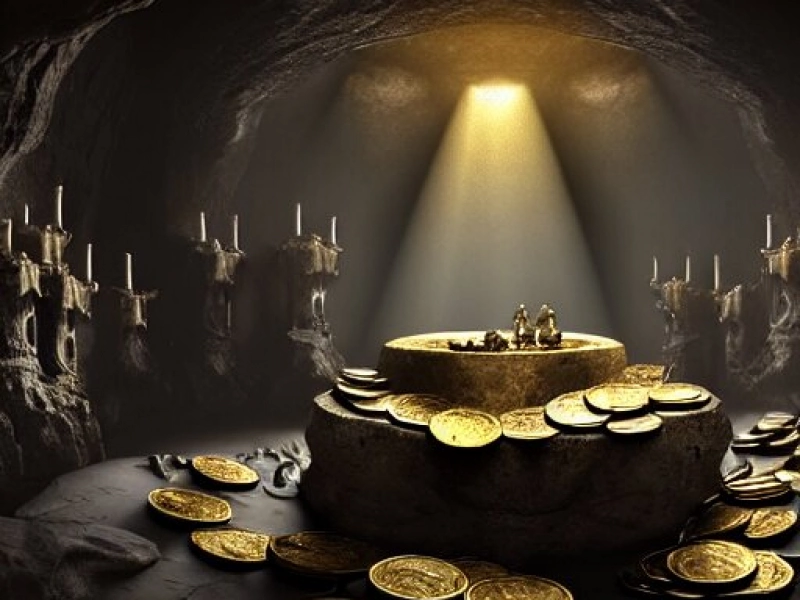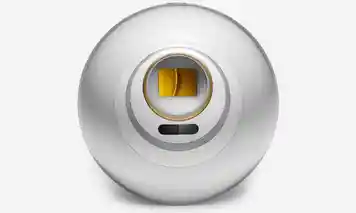What's the distinction between halving and ASIC? How do we define hash rate, and why do miners work together? Let's explore mining fundamentals.
Mining Explained
Mining involves discovering blocks within a blockchain network. Miners earn predetermined cryptocurrency rewards for this work.
Initially, bitcoin mining was possible on basic laptops, but today it requires sophisticated, expensive equipment.
Block Rewards
Successful miners receive specific rewards for each block found. Bitcoin currently offers 6.25 BTC per block, plus transaction fees from users.
Individual mining success is possible but rare. In September 2022, a solo miner with 270 TH/s capacity beat 1:858,000 odds to claim a 6.25 BTC reward.
The Halving Process
Bitcoin undergoes halving every four years, reducing block rewards by 50%. Starting at 50 BTC, it decreased to 12.5 BTC (2012), then 6.25 BTC (2020), with the next halving expected in 2024.
Halving controls bitcoin supply, gradually decreasing new coin introduction to manage inflation. Projections suggest the final bitcoin will be mined around 2140.
Consensus Mechanisms
Different cryptocurrencies use various consensus algorithms for transaction validation, determining mining equipment requirements.
Bitcoin and Bitcoin Cash use PoW SHA-256, while Litecoin and Dogecoin employ PoW Scrypt. DASH operates on PoW X11.
Ethereum's Transition
Ethereum recently switched from PoW Ethash to Proof-of-Stake, replacing miners with validators who must stake 32 ETH.
Hash Rate Explained
Hash rate measures mining equipment power. Higher rates indicate greater capability. Bitcoin mining currently requires approximately 260 EH/s network power.
Equipment Economics
Miners consider factors like:
- Return on investment period
- Power consumption
- Energy efficiency
- Equipment costs
- Electricity prices
- Cryptocurrency values
ASIC Technology
ASIC miners are specialized devices offering superior efficiency compared to GPUs, though at higher costs. They're cryptocurrency-specific and suited for industrial operations.
Mining Farms
These are collections of mining equipment, from small GPU setups to massive ASIC installations, including necessary supporting hardware.
Alternative Mining Strategies
Some miners focus on new altcoins, hoping for exchange listings and value appreciation, similar to venture investing.
Pool Mining
Miners often collaborate in pools, sharing resources and rewards to improve success rates, particularly in bitcoin mining.







